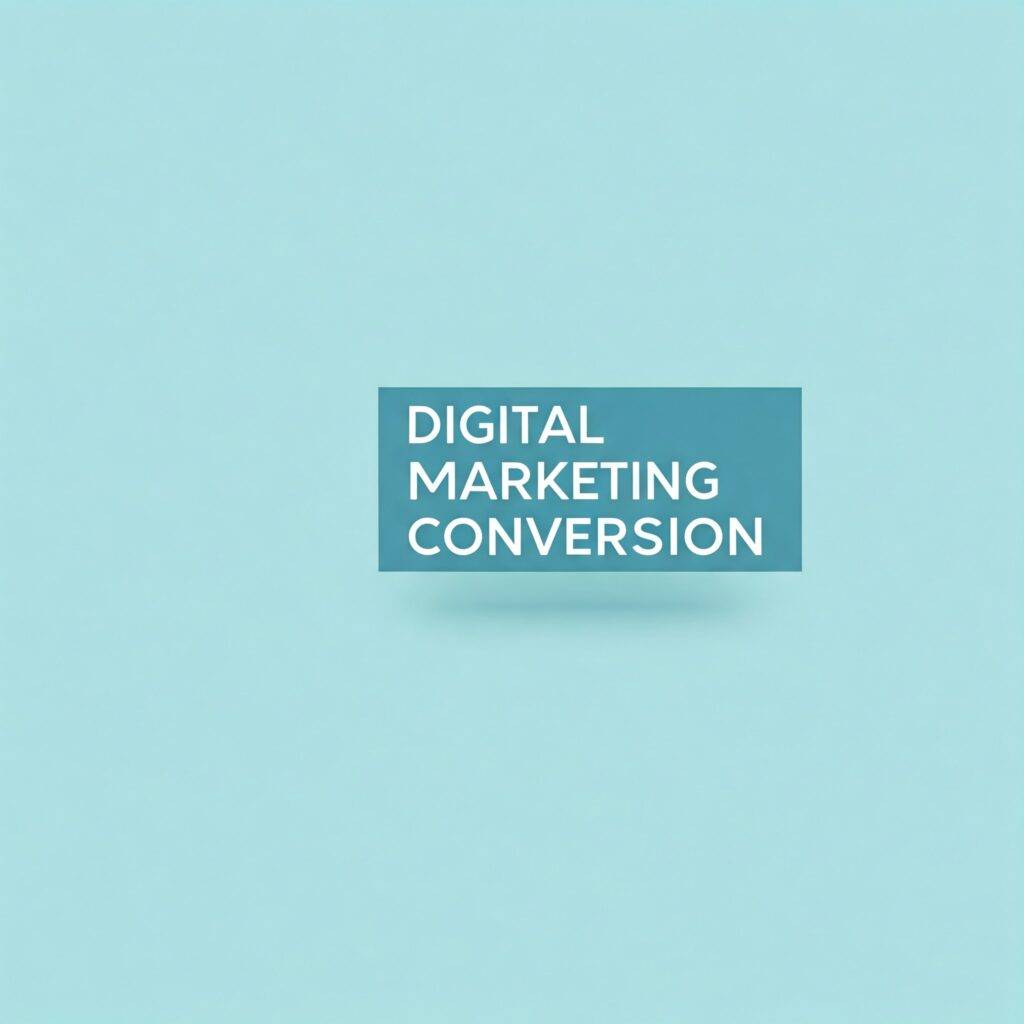
In the dynamic landscape of digital marketing, a “conversion” is a measurable action that a user takes on your website or online platform, aligning with your business objectives. These actions can range from simple clicks to complex purchases, each contributing to your overall marketing success. Understanding the various types of conversions is essential for tracking campaign effectiveness, optimizing strategies, and ultimately achieving your business goals.
Types of Conversions
There are four main types of conversions in digital marketing:
- SEO Conversions
- Ads Conversions
- Social Media Conversions
- Email Marketing Conversions
Let’s explore each type in more detail.
SEO Conversions
SEO conversions are actions that occur as a result of organic search traffic. This means that users have found your website through a search engine like Google and have then taken a desired action. Some common SEO conversions include:
- Website form submissions
- Sign-ups
- Downloads
- Purchases
Ads Conversions
Ads conversions are actions that occur as a result of paid advertising campaigns. This means that users have clicked on an ad and then taken a desired action. Some common ads conversions include:
- Clicks
- Impressions
- Leads
- Sales
Social Media Conversions
Social media conversions are actions that occur as a result of social media marketing efforts. This means that users have interacted with your social media content and then taken a desired action. Some common social media conversions include:
- Likes
- Comments
- Follows
- Story likes
Email Marketing Conversions
Email marketing conversions are actions that occur as a result of email marketing campaigns. This means that users have opened an email and then taken a desired action. Some common email marketing conversions include:
- Opens
- Clicks
- subscribe
Tracking and Analyzing Conversions
To effectively track and analyze conversions, it’s essential to utilize the following tools and strategies:
- Analytics Tools: Platforms like Google Analytics can track website traffic, user behavior, and conversion rates.
- CRM Systems: CRM systems help manage customer relationships, track leads, and analyze sales data.
- Marketing Automation Platforms: These platforms automate email campaigns, personalize user experiences, and track conversions across multiple channels.
- A/B Testing: A/B testing allows you to experiment with different website elements and marketing messages to optimize for higher conversion rates.
Key Considerations
To maximize the effectiveness of your conversion tracking efforts, keep the following considerations in mind:
- Define Clear Conversion Goals: Set specific, measurable, achievable, relevant, and time-bound (SMART) goals for each campaign.
- Choose the Right Metrics: Track the most important conversions for your business and industry.
- Analyze Data Regularly: Monitor conversion rates, identify trends, and make data-driven adjustments to your strategies.
